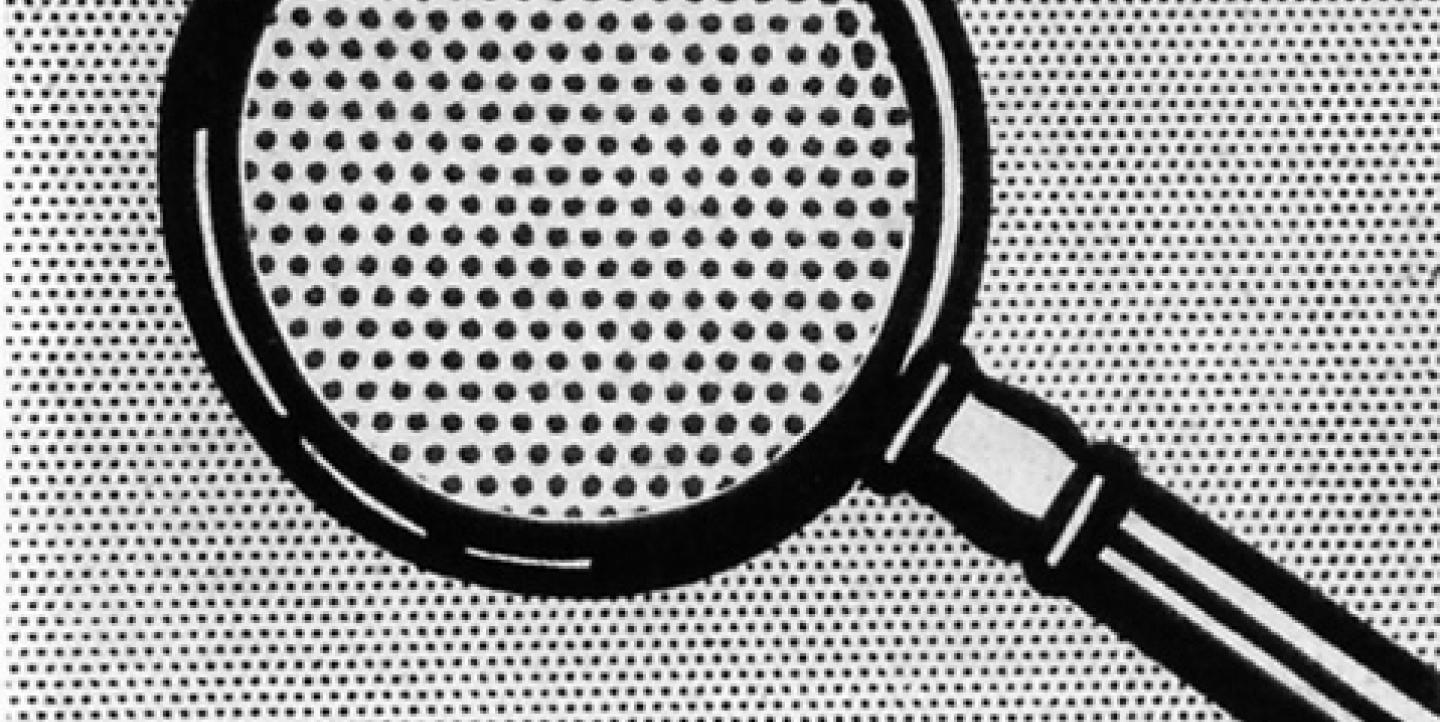When news sites rush to publish breaking news, what first seems like an authentic image from the scene can quickly reveal itself to be manipulated, scraped or fabricated.
That's why verifying photos is a vital practice. But increasingly, when it's not possible to confirm with someone on the ground, a machine can help. In a recent Poynter Online post, fact-checking guru Craig Silverman highlighted two new efforts at automating the process.
Crowdsourced photography service Scoopshot lets newsrooms looking to buy photos view user-submitted images by authenticity level.
"Our system basically substitutes an inherently flawed manual process that may take an hour per image [with] a highly automated, intelligent program that takes seconds,” Scoopshot CEO Niko Ruokosuo wrote in a recent announcement.
The Guardian's new crowdsourcing platform GuardianWitness also has a built-in verification function.
The automatic verification process relies on image data, namely EXIF data that can tell you how an image was captured, exposure information and more.
The Guardian and Scoopshot both rely on native apps to better ensure veracity. Having users take and upload photos with a single app can limit the potential for manipulation.
"In this route you can oversee the chain of custody and also layer in additional information that today’s smartphones are great at capturing,” Samaruddin Stewart, a Knight Fellow at Standford University studying image manipulation, told Silverman.
The faster a photo can be verified, the faster a service like Scoopshot can sell it to newsrooms. This economic incentive for Scoopshot and other services -- and the demand for quickly verified photos -- should drive the development of "more tools to help with manipulation detection, analysis and other aspects of photo verification," Silverman writes.
For example, Fourandsix offers an extension of Photoshop that instantly examines the originality of any open JPEG image.
Most verification still requires a human element, though. After the GuardianWitness app takes an initial glance at the EXIF data, the Guardian team performs additional checks.
“I do not however think that we’ll have full automation any time soon or that we even should. I think editorial scrutiny will always play a role,” Stewart said.
Via Poynter.
IJNet Editorial Assistant Margaret Looney writes about the latest media trends, reporting tools and journalism resources.
Image CC-licensed on Flickr via alternativemeans.

